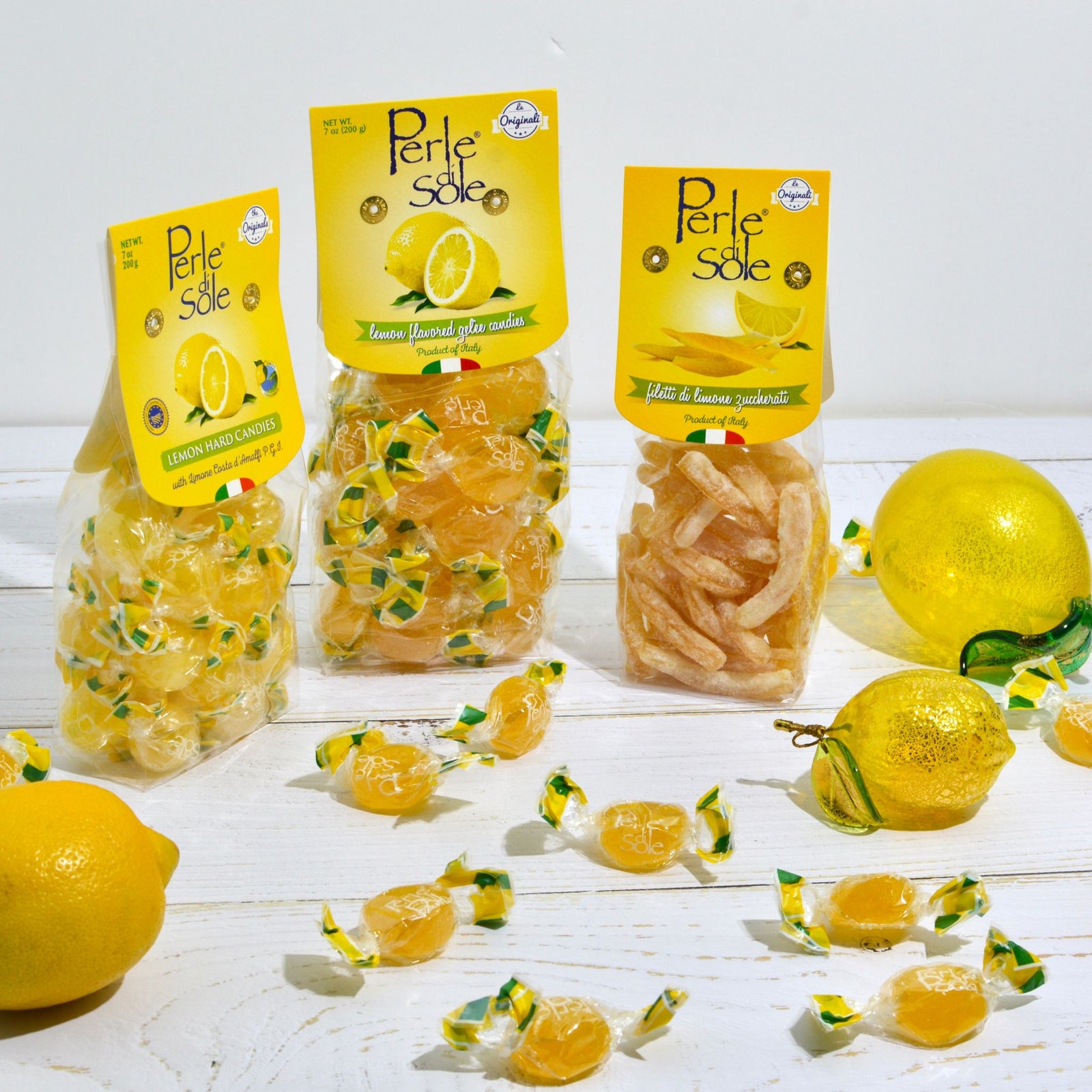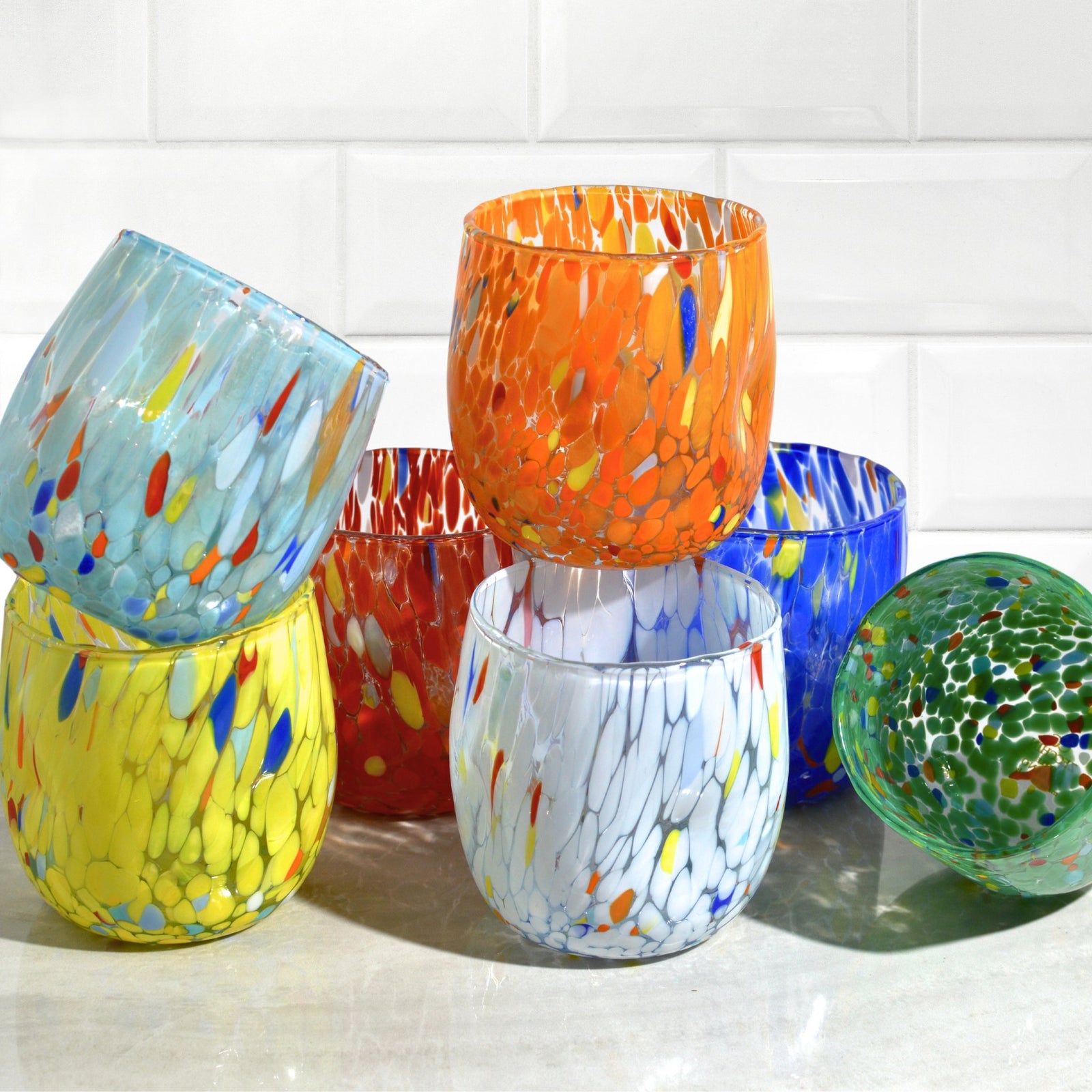Murano glass has captured the hearts of art enthusiasts and collectors worldwide. The craftsmanship and skill involved in creating these masterpieces are awe-inspiring, making it a timeless art form that continues to be celebrated to this day.
Before delving into the fascinating world of Murano glass, it is important to understand its rich history and origins. Murano, an island located just off the coast of Venice, Italy, has been the epicenter of glassmaking since the 13th century.
History and origins of Murano Glass
The arrival of skilled Byzantine artisans to Venice in the 9th century brought with them a wealth of knowledge and expertise in glassmaking techniques. They introduced new methods and skills to the local craftsmen, which laid the foundation for the flourishing glass industry on the island. The fusion of Byzantine and local Venetian techniques resulted in the birth of a unique style that would become synonymous with Murano glass.
One of the most significant contributions of the Byzantine artisans was the development of the "cristallo" glass. This type of glass was clear and transparent, a departure from the previously popular colored glass. The introduction of cristallo glass revolutionized the industry and propelled Murano to the forefront of glassmaking in Europe.
The craft of making and blowing glass started in Venice, Italy in the late 1200’s and quickly became the citys’ major industry. The Glassmaker’s Guild was formed in order to safeguard their secrets with various rules and regulations for the craftsmen and in turn ensure continued profitability of the business. In 1271, a law was passed to prohibit the importation of foreign glass and the employment of foreign glassmakers in order to further keep the trade confidential. Soon after, several fires were started by the hot furnaces of glass artisans and the government ordered all glassmaking to be contained on the Island of Murano. Many, however, believe that this law was actually to prevent the glassmakers from disclosing trade secrets. A second law passed in 1291 seems to confirm this theory as it prevented the glassmakers from leaving the island.
Evolution of Techniques and Styles Over Centuries
Over the centuries, Murano glassmaking techniques and styles have evolved and been influenced by various artistic periods. From the intricate murrine patterns of the Renaissance to the delicate filigree glasswork of the Baroque era, each period has left its indelible mark on the art of Murano glass.
During the Renaissance, Murano glassmakers embraced the artistic ideals of the period, creating intricate murrine patterns. Murrine, also known as millefiori, is a technique that involves using pieces cut from thin rods of colored glass, the cross-section reveals intricate patterns. These patterns often depicted flowers, animals, or geometric designs, showcasing the skill and creativity of the glassmakers.
In the Baroque era, Murano glass took on a new level of intricacy with the introduction of filigree glasswork. This technique involved creating delicate glass threads and using them to form intricate designs. The result was a stunning display of craftsmanship, with glass objects adorned with intricate filigree patterns.
As time went on, Murano glass continued to evolve, incorporating new techniques and styles from different artistic movements. From the elegant simplicity of the Art Nouveau period to the bold and vibrant designs of the Art Deco era, Murano glassmakers have consistently pushed the boundaries of their craft.
Today, Murano glass remains a symbol of skilled craftsmanship and artistic expression. The legacy of the Byzantine artisans and the centuries of innovation that followed have firmly established Murano as a world-renowned center for glassmaking.
The Role of Master Glassmakers
Master glassmakers are the true guardians of the Murano glass tradition. With their extensive knowledge and years of practice, these artisans possess the expertise to transform the raw materials into magnificent glass creations. Their skillful hands and keen eye for detail ensure that every piece is crafted with utmost precision and beauty.
These master craftsmen undergo rigorous training, often starting as apprentices at a young age. They learn the secrets of the trade from their mentors, absorbing the techniques and traditions that have been passed down through generations. Through years of dedication and practice, they hone their skills and develop their own unique style.
One of the distinguishing features of Murano glass is its vibrant colors. Master glassmakers are not only skilled in shaping the glass, but also in creating and manipulating the hues that give each piece its distinct character. They use a variety of techniques, such as adding metallic oxides or layering different colored glass, to achieve the desired effect.
The Complex Process of Glassblowing
Glassblowing is the primary technique used in Murano glassmaking. It involves heating the glass in a furnace until it reaches a molten state. The glass is then carefully shaped and molded using various tools and techniques. The end result is a stunning and unique piece of Murano glass, with its elegant curves and intricate details.
The process begins with the glassmaker gathering a small amount of molten glass on the end of a blowpipe, a long metal tube. The glassmaker then blows into the pipe, creating a bubble in the molten glass. This bubble serves as the foundation for the piece and determines its size and shape.
As the glassmaker continues to blow into the pipe, they use tools such as wooden paddles and metal shears to shape and manipulate the glass. The glass is constantly reheated in the furnace to keep it malleable and prevent it from cracking. This delicate dance between heat and skill is what allows the glassmaker to create intricate designs and patterns.
Once the desired shape is achieved, the glass is carefully annealed, a process of slowly cooling the glass to relieve internal stresses and strengthen it. This step is crucial to ensure the durability and longevity of the finished piece.
After annealing, the glass undergoes further refinement. It may be polished, engraved, or decorated with additional elements such as gold leaf or colored glass accents. These final touches add depth and complexity to the piece, elevating it from a mere object to a work of art.
Each piece of Murano glass is a testament to the skill, creativity, and dedication of the master glassmakers. From delicate vases and intricate chandeliers to stunning jewelry and decorative sculptures, Murano glass continues to captivate and inspire art enthusiasts around the world.
Challenges and Efforts in Keeping the Craft Alive
The preservation of Murano glassmaking faces various challenges, including the decline in the number of master glassmakers and the threat of imitations flooding the market. However, various organizations and institutions are dedicated to preserving the craft by providing apprenticeships and promoting authentic Murano glass.
In conclusion, Murano glass is a testament to the exquisite craftsmanship and timeless beauty that characterize this remarkable art form. With its rich history, complex process, and unique characteristics, Murano glass continues to captivate and inspire art lovers around the world. Through the efforts of dedicated artisans and organizations, the tradition of Murano glassmaking will endure, allowing future generations to appreciate the magnificence of this timeless art form.












Leave a comment (all fields required)